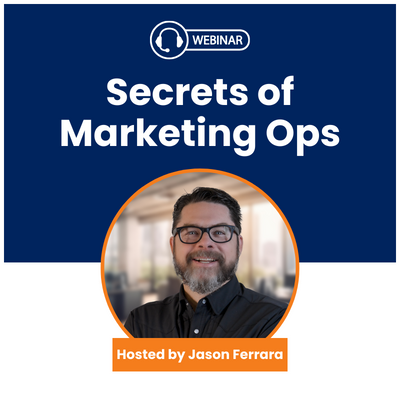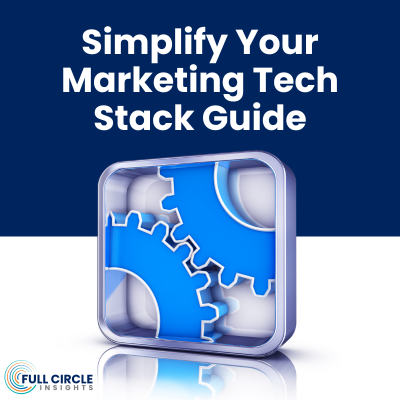A simple truth drives the influencer marketing trend: people tend to believe what their peers or someone they admire says about a product or service more than they trust ad content from a brand. That’s true for consumers who are thinking about buying a new tablet, and it’s also true for decision-makers at a business who are considering an enterprise software purchase.
For that reason, turning your business customers into raving fans is one of the best marketing investments your company can make. It’s been true for Full Circle Insights — our customers love our sales and marketing performance management products, and the service we provide, and customer referrals are a huge (and much appreciated!) source of new business for the company.
Even if you don’t consciously set out to turn your customer base into an army of brand ambassadors, your approach to customer success can deliver that result, as it did for us. Here are three things we learned along the way that are apply across the B2B sector:
- Handle the sales handoff with care: Ideally, everyone in your organization is focused on customer success. That said, we all have distinct roles to play within our organizations, but we shouldn’t expect customers to be mindful of the boundaries of our job descriptions. They’re buying a product or service to solve a business problem or enhance their company’s operations, so it should all be seamless to the customer.
At a kickoff meeting, it’s always a bad sign when a customer asks the sales and account teams, “Don’t you guys talk to each other?” Make sure you’re on the same page before the meeting. Talk to your colleagues in sales to gauge the customer’s level of expertise by asking if they’ve ever implemented a similar product or handled a deployment on a comparable scale. Reach an internal consensus on customer expectations.
- Use the customer’s goal as your implementation starting point: This may seem like an obvious point, but it can get lost in the weeds of a complex implementation. First, it’s important to make sure everyone buys into the purchasing decision-makers’ vision of success at every level, from the direct user to the C-suite. Customers who are actively engaged are the most successful — and the most likely to evangelize your brand, so it’s a good idea to make sure they’re on board. Second, emphasize how using your product or service gets them to that goal during the implementation.
So, when you’re mapping out business process requirements in detail, for example, link them back to the customer’s goal. At Full Circle, we’ve been successful using this approach at all phases, e.g., building out the application in the sandbox, then pushing it into production. The implementation schedule and specific deliverables will depend on many factors, including project complexity and customer goals. But keeping the focus on customer success is the key.
- Communicate, communicate, communicate: When sales inks a deal, the customer success team should try to reach out to the new customer within 24 hours. By doing that (and working with the sales team to understand the customer’s expectations and starting point, etc.) you’ll reassure the customer that your entire organization is focused on their success.
It’s also a good idea to set up regular customer touch points to ensure they’re seeing the results they expect and using your product or service to its full potential. Make contact 30 days after implementation, and if all is going well, check in 60 days after that. Then contact them quarterly. Regular contact establishes the relationship — and can give you a heads-up if a problem is brewing.
Every company is different, as are the products and services each company offers and the customers they serve. So, there really isn’t a one-size-fits-all approach to customer success. Your product complexity, scaling objectives, deal velocity and many other factors can affect on-boarding policies, implementation schedules and communication frequency.
That said, there are broad principles that apply to virtually all B2B organizations, and the three outlined here can help you deliver a positive customer experience that turns customers into brand ambassadors. By handling the sales handoff carefully, keeping deployment centered on the customer’s desired outcomes, and engaging with customers regularly, you can build a base of raving fans.




